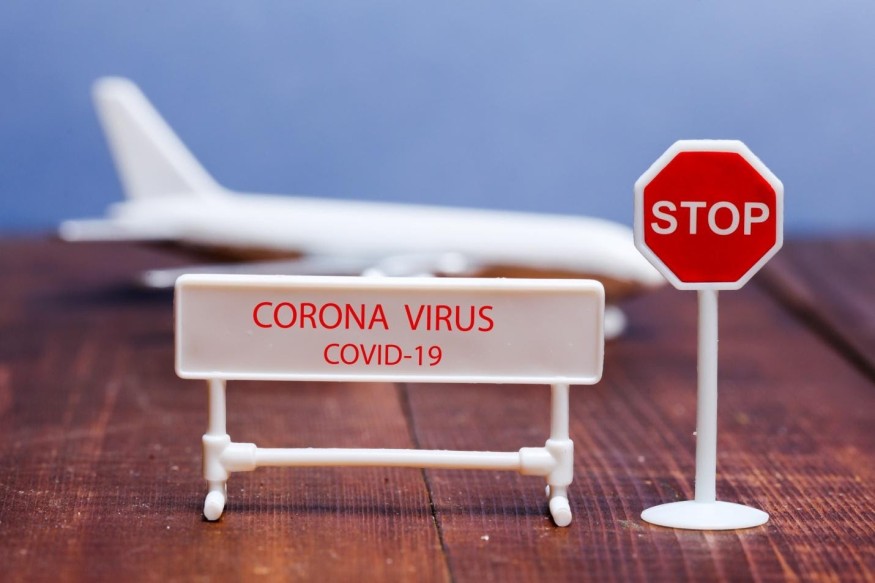Government Interventions in Fighting Covid-19 Crisis in Latin America

Covid-19 pandemic has had a huge economic impact across the countries in South America with virtually every government across the region struggling to protect lives and secure livelihoods for their citizens.
With the total number of Covid-19 positive cases in South America standing at 656,612 as of 26th May 2020; the region accounts for about 11% of the global total number of cases of about 5.6 million as of the same day.
The World Health Organization (WHO) has been providing daily updates on the Covid-19 situation across the world; with accompanying daily statistics on new cases and deaths from each country. While the information on WHO website is up to date and accurate; additional information on steps being taken by different countries across the world to curb the disease is also important in finding collaborative solutions.
Covid-19 live updates from specialist providers provide additional country specific policy interventions that countries in Latin America can adopt to enhance their public health and ensure their economies keep running.
Different governments across the region have been reacting to the disease using diverse strategies. Each country in South America has adopted interventions contextualized to the uniqueness of their economies both in terms of public health and in terms of their economic exposure.
In Brazil where there were 376, 669 reported cases as of 26th May 2020, a contention still exists on the use of chloroquine and hydroxychloroquine to treat patients with mild symptoms of Covid-19. At least 8 states said they will not follow the guidelines issued by the Health Ministry in Brazil on May 20.
On the economic front, on 19 May 2020, Brazil president Jair Bolsonaro approved a law that helps micro and small businesses to access credit to keep their businesses running and curb unemployment during the current economic slowdown. The micro and small businesses will have access to credit amounts equivalent to 30% of their 2019 profits; and they will be required to repay them over a period of 36 months.
Peru has the second highest number of confirmed Covid-19 cases in South America; with 123,979 reported cases as of 26th May 2020. The Ministry of Health in Peru has enforced quarantine measures to stop the spread of the disease which include night curfew from 9pm to 4am every day, and a full Sunday curfew during the day. The quarantine measures will remain in force the extended period up to 30th June 2020. To support the livelihoods of its citizens, Peru is giving government bonds worth USD 225 to the Peruvian households that are not eligible for other government payouts, since they work in the informal sector.
With 73,997 confirmed Covid-19 cases as of 26th May 2020, Chile ranks third among the countries in South America with reported cases of the disease. Santiago, the capital city of Chile has been put under a special quarantine due to the high cases reported within the metropolitan. In addition, there is a national wide night curfew from 10pm to 5am that is meant to restrict movements and reduce the spread of the disease. To support local municipalities in fighting Covid-19, the Chilean government has disbursed about USD 296 million to them to increase their capacities in Covid-19 emergency responses.
Like many other countries in Latin America, Chile's economy is driven mainly by micro and small enterprises which are now facing collapse due to the slowing economy. To keep them alive and protect the jobs of the millions of people that they employ, the Chilean government has allocated USD 150 million to be disbursed to about 180,000 small businesses across the country.
Mexico had 71,105 confirmed Covid-19 cases as of 26th May 2020 ranking it fourth among countries in South America. With a rising number of cases, the government will be providing life insurance cover to health workers attending to Covid-19 patients. On the other hand no directive was forthcoming with regard to reducing the payroll tax burden on Mexico companies in order to provide a stimulus to the economy.
Like its neighbors, Mexico has implemented a partial lockdown in its major cities. Schools are expected to reopen by August, while other businesses like bars and clubs remain closed until September 2020. For other services including restaurants, department stores and religious services an early reopening is expected by June 15.
In terms of stimulating the economy Mexico has though issued 4 million loans to small businesses across the country to keep them afloat and avoid mass redundancies. The beneficiary businesses will be expected to repay the loans within a period of 3 years; with an interest rate of between 6 to 10%.
For most of the other South and Central American countries, the measures being taken to curb the spread of the disease and to stimulate the economies mirror the ones being implemented by Brazil, Peru and Chile. Social distancing, quarantine, curfews, and strict hygiene regulations are being used to control the rate of infections. On the other hand, stimulus packages by the governments are being used to keep the economy afloat by pumping money into the most vulnerable sectors and businesses. With more governments now preparing for a post-covid global economy, we expect normalcy to return by the 2nd half of 2020.
Subscribe to Latin Post!
Sign up for our free newsletter for the Latest coverage!
© 2025 Latin Post. All rights reserved. Do not reproduce without permission.















